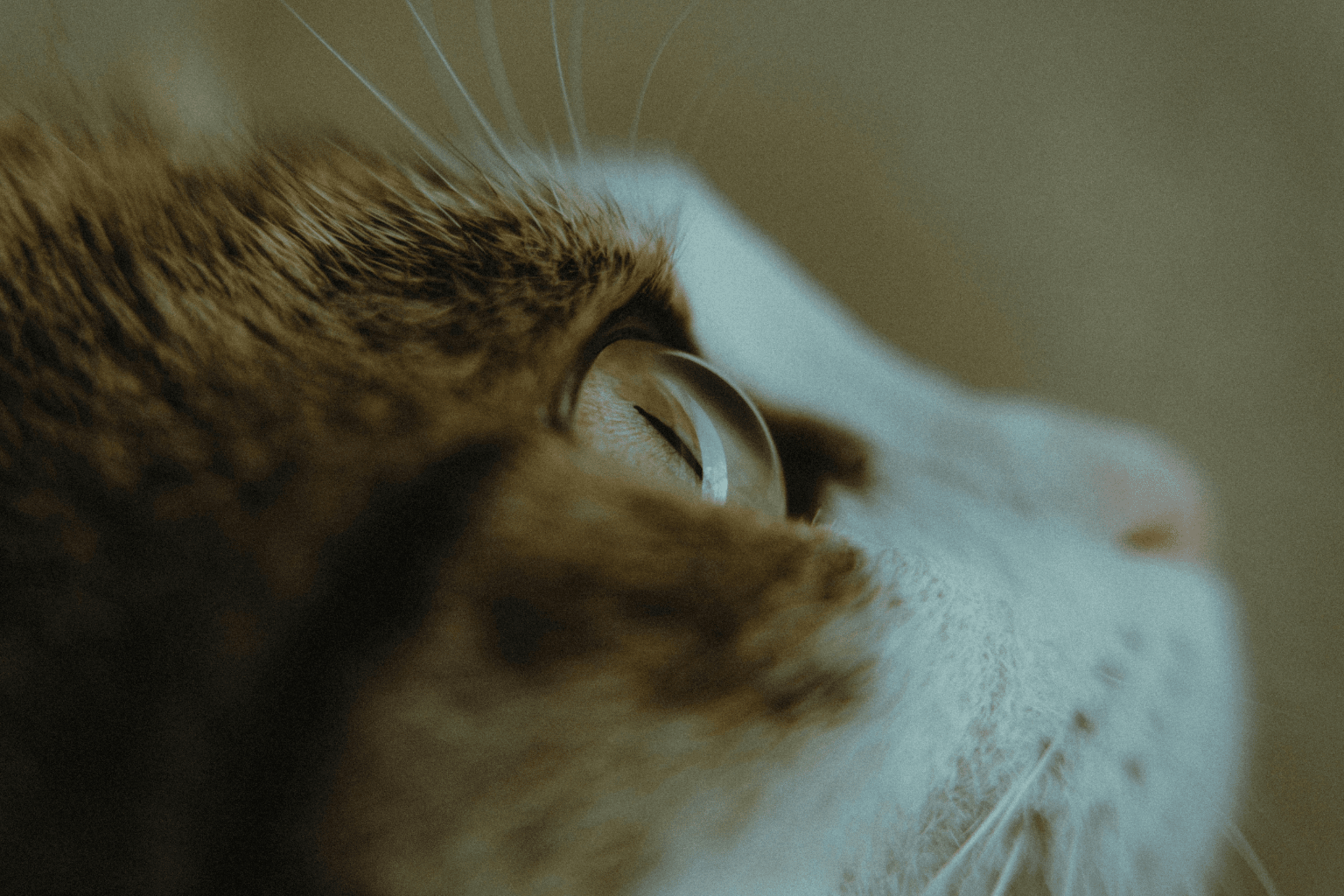Lab mix dog guide: care, training, health tips, and choosing the perfect cross breed for your family's lifestyle.">
Key Takeaways
- A lab mix dog combines the Labrador Retriever's friendly temperament with traits from another breed.
- These mixed breeds often inherit the best qualities from both parent breeds.
- Lab mixes are popular worldwide for blending loyalty and intelligence with unique characteristics.
- Examples of traits include a Poodle's low-shedding coat or a German Shepherd's protective instincts.
Table of Contents
- Lab Mix Dogs: Complete Guide to Happy, Healthy Lives
- Lab Mix Dog 101: Unpacking the Genetics & Personality
- Pure Labrador Retrievers vs. Lab Mix Dogs: What's the Difference?
- Meet the Most Popular Lab Mixes: Which Cross Is Right for You?
- Training and Socializing Your Lab Mix: From Puppy to Pro
- Everyday Care: Nutrition, Exercise & Home Life
- Grooming & Shedding: Keeping Your Lab Mix Looking Their Best
- Health & Longevity: Life Span, Common Problems & Natural Support
- Choosing & Adopting a Lab Mix: Where, How, and What to Look For
- Common Lab Mix Problems, And How to Solve Them Naturally
Lab Mix Dogs: Complete Guide to Happy, Healthy Lives
A lab mix dog combines the beloved Labrador Retriever's friendly temperament with another breed's unique traits, creating dogs that often inherit the best of both worlds. These mixed breeds have captured hearts worldwide because they blend Labs' legendary loyalty and intelligence with diverse characteristics like a Poodle's low-shedding coat or a German Shepherd's protective instincts.
Because of their active lifestyles and genetic diversity, many lab mix dogs benefit from natural joint support supplements to keep them comfortable and mobile throughout their lives.
These mixed breeds are popular choices for families seeking a companion with a unique personality and fewer breed-specific health issues. However, it's important to provide the right nutrition, exercise, and preventative care to help your lab mix dog thrive.
Lab Mix Dog 101: Unpacking the Genetics & Personality

When Labs breed with other dogs, the resulting puppies inherit a genetic lottery ticket. Unlike designer breeds bred for specific traits, most lab mix dogs occur naturally, creating wonderfully unpredictable combinations of size, coat, and temperament.
Common Lab Mix Combinations:
- German Shepherd + Lab = Sheprador (protective, intelligent)
- Pitbull + Lab = Labrabull (muscular, affectionate)
- Husky + Lab = Labsky (energetic, vocal)
- Poodle + Lab = Labradoodle (curly coat, smart)
- Border Collie + Lab = Borador (highly trainable, active)
| Trait | Typical Range | Notes |
|---|---|---|
| Height | 20-26 inches | Varies by second breed |
| Weight | 40-80 pounds | Smaller mixes possible |
| Coat | Short to medium | Can be curly, wiry, or smooth |
| Colors | Black, yellow, chocolate, brindle, mixed | Infinite combinations |
The magic lies in temperament blending. A Sheprador might show Labs' friendliness with added alertness, while a Labradoodle combines Labs' eagerness to please with Poodles' problem-solving skills.
Pure Labrador Retrievers vs. Lab Mix Dogs: What's the Difference?
Understanding these differences helps you choose the right companion and prepare for their unique needs.
| Factor | Pure Labrador | Lab Mix Dog |
|---|---|---|
| Size Predictability | Very predictable (55-80 lbs) | Variable (30-100+ lbs) |
| Temperament | Consistent friendly, outgoing | Blend of both parent traits |
| Health Issues | Known breed-specific risks | May reduce some genetic risks |
| Grooming Needs | Moderate shedding, weekly brushing | Highly variable by mix |
| Exercise Requirements | 60+ minutes daily | 30-90 minutes depending on mix |
| Training | Eager to please, food motivated | May inherit different motivations |
Mixed genetics can create healthier dogs by reducing inbreeding risks, but they can also introduce new challenges. A Lab-Husky mix might inherit both breeds' high energy needs, requiring more exercise than either parent breed alone.
Myth Buster: Lab mixes aren't automatically healthier or easier than purebreds. Each dog is individual, and responsible care matters more than genetics.
Meet the Most Popular Lab Mixes: Which Cross Is Right for You?
These seven labrador mix breeds represent the most common and beloved combinations:
Labradoodle (Lab + Poodle)
Best for: Families wanting lower shedding with Lab personality
Size: 50-80 pounds, athletic build
Temperament: Intelligent, friendly, often easier to train than pure Labs
Special needs: Regular grooming every 6-8 weeks to prevent matting
The curly Poodle coat mixed with Lab enthusiasm creates dogs that often inherit the best of both worlds. They're typically great with kids but need mental stimulation to prevent boredom.
Sheprador (Lab + German Shepherd)
Best for: Active families wanting a loyal, protective companion
Size: 55-85 pounds, sturdy and athletic
Temperament: Devoted, intelligent, naturally protective
Special needs: Early socialization and consistent training
These lab mix dog combinations often develop strong bonds with their families while maintaining the German Shepherd's natural guarding instincts alongside the Lab's friendliness.
Labsky (Lab + Husky)
Best for: Very active owners who love outdoor adventures
Size: 45-70 pounds with striking blue or mixed-colored eyes
Temperament: Energetic, vocal, escape artists
Special needs: 90+ minutes of vigorous exercise daily
The Husky's endurance combined with Lab intelligence creates dogs that need serious physical and mental challenges. Perfect for hikers and runners, but not ideal for apartment living.
Everyday Care: Nutrition, Exercise & Home Life
Proper nutrition forms the foundation of your lab mix dog's health. Puppies need 3-4 small meals daily, while adults thrive on twice-daily feeding schedules. Choose natural, minimally processed foods with named protein sources as the first ingredient.
| Life Stage | Daily Calories | Meal Frequency | Key Nutrients |
|---|---|---|---|
| Puppy (8-18 months) | 1,200-2,000 | 3-4 meals | High protein, DHA |
| Adult (1-7 years) | 1,000-1,800 | 2 meals | Balanced protein, omega-3 |
| Senior (7+ years) | 800-1,400 | 2 meals | Joint support, fiber |
Exercise requirements: Most lab mix dog breeds need 45-90 minutes of daily activity. This isn't just walks, think fetch sessions, swimming, hiking, or scent games that engage their natural retriever instincts.
Urban apartment dwellers can successfully raise Lab mixes with creative exercise solutions: stair climbing, indoor fetch in hallways, and regular dog park visits. The key is consistency and variety to prevent behavioral issues.
Boredom busters that work: Rotate puzzle toys weekly, use slow-feeder bowls, provide safe chews like antlers or frozen Kong toys, and create DIY snuffle mats from old towels.
Grooming & Shedding: Keeping Your Lab Mix Looking Their Best
Grooming needs vary dramatically among labrador mixed dogs depending on coat type. Short-haired mixes like Lab-Pitbull crosses need weekly brushing, while double-coated combinations require 2-3 sessions per week during shedding seasons.
Coat types and care:
- Smooth coat (Lab-Pit, Lab-Beagle): Weekly brushing with a rubber curry brush
- Double coat (Lab-Shepherd, Lab-Husky): Daily brushing during spring and fall shedding seasons
- Curly coat (Labradoodle): Professional grooming every 6-8 weeks plus regular brushing
Shedding solutions that actually work: Regular baths with gentle, natural shampoos help loose fur come out in the tub rather than on your furniture. Omega-rich foods support healthy coat growth, reducing excessive shedding from poor nutrition.
Gary, one of our community members, noticed his senior Boxador's coat became shinier and shed less after switching to a high-quality diet and adding our Dog Healthy Skin & Coat + Fur Regrowth remedy to his routine. The transformation took about six weeks but made grooming sessions much easier.
Regarding "hypoallergenic" claims: No lab mix dog is truly 100% hypoallergenic. Poodle crosses may produce less dander, but individual reactions vary significantly among allergy sufferers.
Health & Longevity: Life Span, Common Problems & Natural Support

Most labrador mix dogs enjoy lifespans of 10-14 years, with smaller mixes often living longer than their giant-breed counterparts. Mixed genetics can provide some protection against breed-specific issues, though certain health concerns remain common across Lab crosses.
| Health Concern | Signs to Watch | Natural Support Options |
|---|---|---|
| Hip/Elbow Dysplasia | Stiffness, reluctance to jump | Gentle exercise, Walk-Easy® Hip & Joint Pain Relief |
| Weight Management | Difficulty feeling ribs | Portion control, increased activity |
| Seasonal Allergies | Excessive scratching, red skin | Dog Allergy Relief & Immune Support |
| Separation Anxiety | Destructive behavior when alone | Pet Relax Dog Calming Anxiety Relief, routine building |
Our homeopathic remedies work gently with your dog's natural healing systems. Rachel, who manages a rescue with 30+ dogs, found that our joint support formula helped several senior Lab mixes regain mobility for their daily walks without the side effects of conventional medications. For more information on joint health and related conditions, read about hip dysplasia in dogs, signs, and treatments.
When to Contact Your Veterinarian:
Persistent limping lasting more than 48 hours, difficulty breathing, sudden behavior changes, or loss of appetite require professional evaluation. Natural remedies support wellness but cannot replace emergency veterinary care.
Not a substitute for professional veterinary advice.
For a comprehensive overview of breed-specific health risks, see this guide to Labrador Retriever health problems.
Choosing & Adopting a Lab Mix: Where, How, and What to Look For
Shelters overflow with amazing lab mix dog candidates waiting for homes. These dogs often come with basic training and known temperaments, making them excellent choices for first-time owners or busy families.
Essential questions for shelters or breeders:
- What breeds do you suspect in this mix?
- Has the dog lived with children or other pets?
- What's their energy level and exercise history?
- Are health records and vaccination history available?
- What's your return policy if the match isn't right?
Red flags to avoid: Listings claiming "rare" Lab mixes at premium prices, sellers unwilling to meet in person, or dogs kept in poor conditions. Legitimate rescues and responsible breeders welcome questions and facility visits.
Pre-arrival checklist: Secure a comfortable bed, stainless steel food bowls, properly fitted harness, safe chew toys, and natural wellness pellets for the transition period. Many Lab mixes experience stress-related digestive upset during their first weeks in new homes. If your new companion seems anxious, learn how to calm down a stressed dog for a smoother transition.
DNA testing can satisfy curiosity about your mix's heritage, but focus more on the individual dog's needs and personality than breed percentages for the happiest match.
Common Lab Mix Problems, And How to Solve Them Naturally
Even well-trained labrador retriever mix dogs can develop behavioral challenges. The key lies in addressing root causes rather than just symptoms, using gentle, natural approaches that work with your dog's instincts.
Separation anxiety solutions: Create positive departure routines with a 20-minute walk before leaving, puzzle toys for mental stimulation, and Pet Relax 30 minutes before your departure. Maya, a rescue Lab mix, stopped her nightly howling after her family established consistent bedtime rituals combined with our anxiety support remedy.
Excessive chewing management: Rotate safe chew options weekly to maintain interest, antlers, frozen Kong toys, and rope toys work well. Always redirect inappropriate chewing to approved items and praise calm behavior enthusiastically.
Joint discomfort in active dogs: Many Lab mixes push through discomfort, so it's important to monitor for signs of pain or stiffness. For more information on related orthopedic issues, you may want to read about what is luxating patella in dogs. For additional breed insights, check out this Labrador Retriever overview.
Frequently Asked Questions
What are the common traits and temperaments inherited by popular lab mix breeds?
Popular lab mix breeds often combine the Labrador Retriever's friendly, loyal nature with unique traits from the other parent breed. For example, a Sheprador may show protective intelligence, while a Labradoodle often has a curly coat and high smarts. These mixes usually inherit a blend of energy, affection, and trainability, making them adaptable family companions.
How do the health and grooming needs of lab mix dogs differ from pure Labrador Retrievers?
Lab mixes can have varied grooming needs depending on their other breed’s coat type, some may shed less or require more brushing than pure Labs. Health-wise, their genetic diversity can reduce some breed-specific issues but also means you should watch for conditions common to both parent breeds. Regular natural joint support and balanced nutrition help keep lab mixes comfortable and thriving.
What are the best practices for training and socializing a lab mix dog from puppyhood to adulthood?
Start early with gentle, consistent training and expose your lab mix to different people, pets, and environments to build confidence and good manners. Positive reinforcement works best, and keeping sessions fun helps maintain their eager-to-please nature. Socialization and mental stimulation are key to raising a well-rounded, happy dog.
How can I choose the right lab mix breed that fits my family's lifestyle and activity level?
Consider your family’s energy and time for exercise, active mixes like the Labsky or Borador need plenty of play and mental challenges, while others may be more laid-back. Research the traits of the second breed to find a good match for your home, and meet puppies or adults to see their personalities firsthand. Choosing a lab mix that fits your lifestyle helps ensure a happy, lasting bond.




